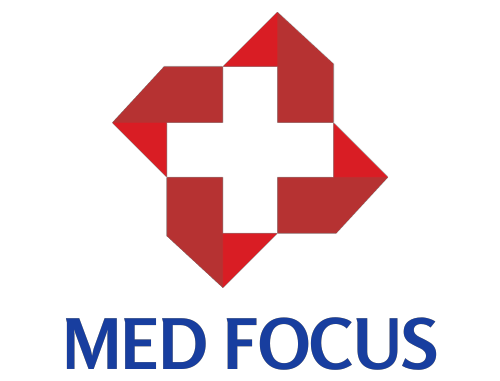It's an exciting and difficult path to decide to become a medical practitioner. The curriculum, which includes a broad range of basic studies and practical clinical rotations, is one of the most important components of medical education. We will examine the main courses that students take in medical school as well as the role that clinical rotations play in developing their clinical skills and knowledge as we dive into the curriculum in this blog article.

1. Preclinical Years:
The preclinical years of medical school are devoted to developing a solid base of scientific knowledge and comprehension. Students often work in labs, participate in small-group discussions, and learn in class throughout this phase. The following are some of the main topics covered:
- Anatomy: Anatomy is the study of the composition and arrangement of the human body.
- Physiology: Knowing how the body's systems work together.
- Biochemistry: Studying the chemical reactions that take place inside of living things.
- Pharmacology: Understanding medications and how they affect the body.
- Pathology: the study of disease mechanisms and causes.
2. Clinical Years:
After completing their preclinical training, medical students move on to their clinical years, where they receive real-world experience through interacting with patients under the guidance of skilled doctors. The development of clinical abilities and the application of theoretical information to actual medical situations depend heavily on this practical training. Medical specialties covered by clinical rotations include:
Internal Medicine: Internal medicine focuses on the identification and management of disorders that affect adults.
Pediatrics: The study of newborns, kids, and teenagers' health and wellbeing.
Obstetrics and genecology: This field deals with pregnancy and birthing issues.
Surgery: Practicing surgical skills and learning about surgical procedures.
Psychiatry: Examining mental health conditions and their remedies.

3. Electives and Specialized Training:
Medical schools provide elective courses and specialized training in addition to the required core courses and clinical rotations to let students hone in on their interests. These chances give students the chance to learn in-depth information and expertise in their chosen medical specialty, preparing them for future jobs.
4. Learning Integrated:
A growing number of medical schools are now including learning Integrated into their curricula. To provide a more comprehensive understanding of patient care, this strategy integrates a variety of disciplines and topics. Students get the ability to approach healthcare from a multidisciplinary perspective, which is crucial for comprehensive patient management, by connecting the various facets of medicine.

The curriculum for medical school is specifically created to give future doctors a solid foundation in scientific knowledge and useful clinical skills. Students are exposed to a wide range of core disciplines and specialties from the preclinical years to the clinical rotations, preparing them for the demands and obligations of the medical profession. Prospective medical students can better appreciate the educational journey that lies ahead of them and make educated judgments about their career paths by understanding the curriculum's components.
Kindly visit themedfocus.com for additional advice and recommendations about attending medical school. If you're seeking a trustworthy internet source, please check out the whole medical school package at the URL below.
https://themedfocus.com/products/the-complete-med-school-bundle

